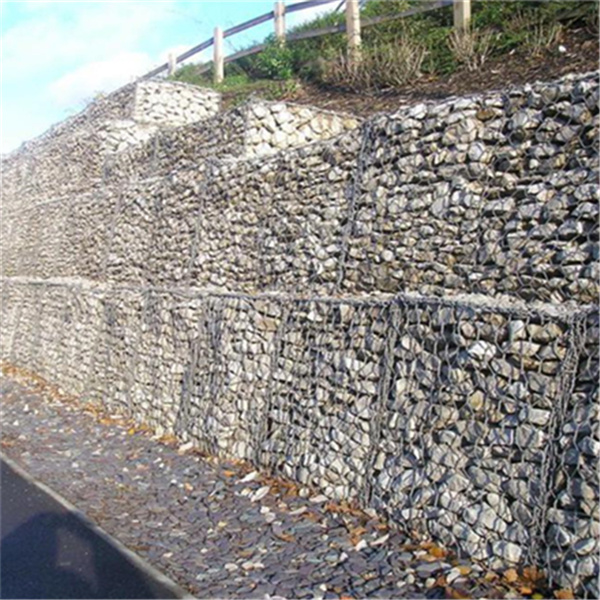سپتامبر . 15, 2024 18:16 Back to list
Gabion Wire Cages Manufacturer - High-Quality Solutions for Landscaping and Erosion Control
Gabion Wire Cages A Sustainable Solution for Modern Engineering
In the realm of modern engineering and construction, gabion wire cages have emerged as an innovative and sustainable solution for various applications. These structures, often made from hexagonal wire mesh, are filled with natural stones, concrete, or other materials, creating a robust and versatile system used for erosion control, slope stabilization, and as decorative features in landscaping.
What are Gabion Wire Cages?
Gabions are essentially wire cages that are filled with rocks or other materials to form a functional and aesthetically pleasing structure. The term gabion originates from the Italian word gabbione, meaning big cage. These cages are usually constructed from galvanized steel or PVC-coated wire to prevent corrosion and ensure longevity. The open design of gabion wire cages allows for water drainage, reducing pressure buildup during heavy rainfall and mitigating erosion.
Applications of Gabion Wire Cages
One of the primary applications of gabion wire cages is in erosion control. They are commonly used in areas susceptible to soil erosion, such as riverbanks, hillsides, and coastal zones. By constructing gabion walls or fences, engineers can effectively stabilize soil and prevent the loss of fertile land. These cages also serve as effective barriers against rockfalls, helping to protect roads, homes, and other infrastructure.
In addition to erosion control, gabion wire cages are increasingly popular in landscaping and architectural design. Landscape architects utilize these structures to create attractive retaining walls, garden beds, and seating areas. The use of natural stones in gabions enhances the visual appeal of outdoor spaces while blending seamlessly with the environment. Moreover, the flexibility in design allows for creative expressions, making gabions a favorite among designers.
gabion wire cages manufacturer

Environmental Benefits
One of the standout features of gabion wire cages is their environmental friendliness. Unlike conventional building materials, gabions utilize locally sourced stones, which reduces the carbon footprint associated with transportation and manufacturing. Furthermore, they promote biodiversity by creating habitats for various plant and animal species. The open structure of gabions encourages plant growth, providing a natural aesthetic while enhancing ecological stability.
Installation and Maintenance
Installing gabion wire cages is relatively straightforward compared to traditional retaining wall systems. They can be assembled on-site using prefabricated cages that are filled with stones. The modular nature of gabions allows for easy adjustments and scalability, making them suitable for projects of all sizes. Maintenance is minimal, as the materials used are highly durable and resistant to weathering.
Conclusion
Gabion wire cages present an innovative solution for modern construction and landscape design challenges. Their versatility, durability, and environmental benefits make them an attractive choice for engineers, architects, and builders alike. As sustainable practices become increasingly important in construction, gabions stand out as a prime example of how traditional materials and modern technology can work together to create functional and beautiful structures. Whether for erosion control, landscaping, or aesthetic purposes, gabion wire cages are redefining how we approach construction and environmental management.
-
Visualizing Gabion 3D Integration in Urban Landscapes with Rendering
NewsJul.23,2025
-
The Design and Sustainability of Gabion Wire Mesh Panels
NewsJul.23,2025
-
The Acoustic Performance of Gabion Sound Barriers in Urban Environments
NewsJul.23,2025
-
Mastering the Installation of Galvanized Gabion Structures
NewsJul.23,2025
-
Gabion Boxes: Pioneering Sustainable Infrastructure Across the Globe
NewsJul.23,2025
-
Custom PVC Coated Gabion Boxes for Aesthetic Excellence
NewsJul.23,2025
-
Installation Tips for Gabion Wire Baskets in Erosion Control Projects
NewsJul.21,2025






